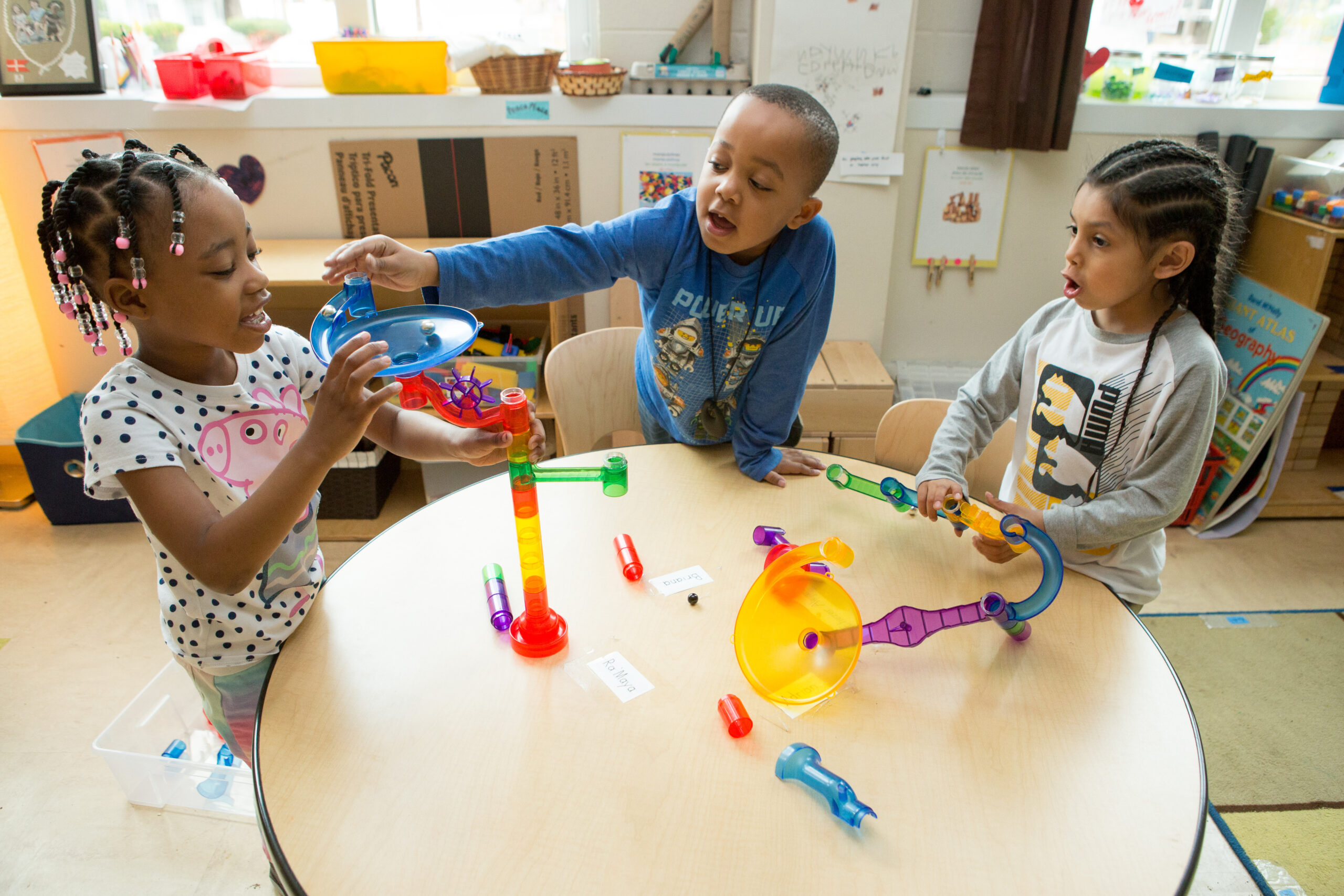Design Thinking in Kindergarten

Design thinking is a problem-solving approach that encourages students to think creatively and critically. It’s a process that can be taught to students of any age, including Kindergarten students. In this blog post, we’ll explore how to introduce design thinking to Kindergarteners and provide some accessible and relevant design thinking challenges for this grade level.
Introducing Design Thinking to Kindergarten Students
One of the best ways to introduce design thinking to Kindergarten students is to start with a simple challenge. For example, ask them to design a tool to help them carry their school supplies. This challenge is relatable and relevant to Kindergarteners, and it encourages them to think about their everyday experiences.
It’s also important to choose a time during the school year that works best for your classroom. A good time might be at the beginning of the year, when students are still getting to know each other and the classroom environment. This allows you to establish a culture of creativity and innovation in your classroom from the start.
Design Thinking Challenges for Kindergarten Students
Here are a few design thinking challenges that are accessible and relevant for Kindergarteners:
- Design a playground: Ask students to design their own playground using recycled materials or materials found at home. Encourage them to think about the different components of a playground, such as swings, slides, and climbing structures.
- Design a vehicle: Ask students to design a vehicle that can transport them to their favorite place. This challenge encourages students to think about the different parts of a vehicle, such as wheels, seats, and steering mechanisms.
- Design a costume: Ask students to design a costume for a character from a book or a movie. This challenge encourages students to think about the different elements of a costume, such as fabric, color, and texture.
Tips for This Grade Level
Kindergarten students may find some design thinking concepts more interesting or challenging than others. Here are a few concepts to keep in mind:
- Empathy: Kindergarten students may find it easy to empathize with others, but they may need guidance to understand how to apply empathy to design thinking. Encourage them to think about the needs of the people who will use their designs.
- Brainstorming: Kindergarten students may have a lot of ideas, but they may need help organizing them. Use tools like brainstorming charts or sticky notes to help them generate and categorize ideas.
- Prototyping: Kindergarten students may need help with the technical aspects of prototyping, such as cutting and gluing materials. Provide them with materials that are easy to work with, such as cardboard, paper, and tape.
Recommended Building Materials
When working with Kindergarteners, it’s important to choose materials that are both affordable and easy to work with. Here are a few suggestions:
- Cardboard: Cardboard boxes and tubes can be cut and folded to create a variety of shapes and structures.
- Paper: Construction paper and tissue paper can be used to add color and texture to designs.
- Tape: Masking tape and duct tape are easy to work with and can be used to attach materials together.
In Conclusion
Introducing design thinking to Kindergarteners is a great way to encourage creativity and problem-solving skills. By providing accessible and relevant challenges, as well as using materials that are easy to work with, teachers can engage their students in the design thinking process. Remember to be patient and encourage your students to think outside the box.
If you found this content helpful, you might enjoy this series of Imagineerz blog posts and check out Get Started with Design Thinking!


